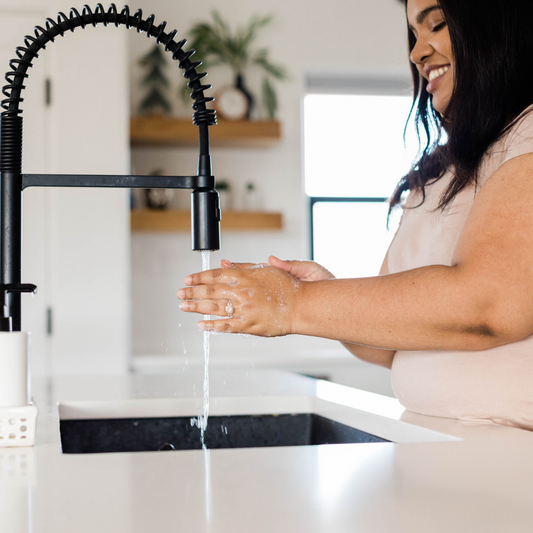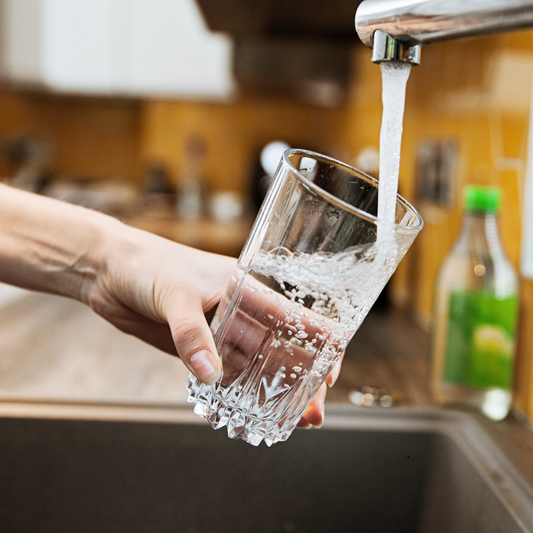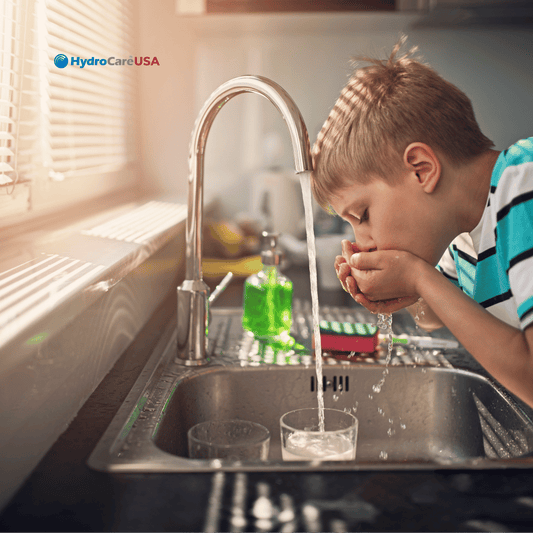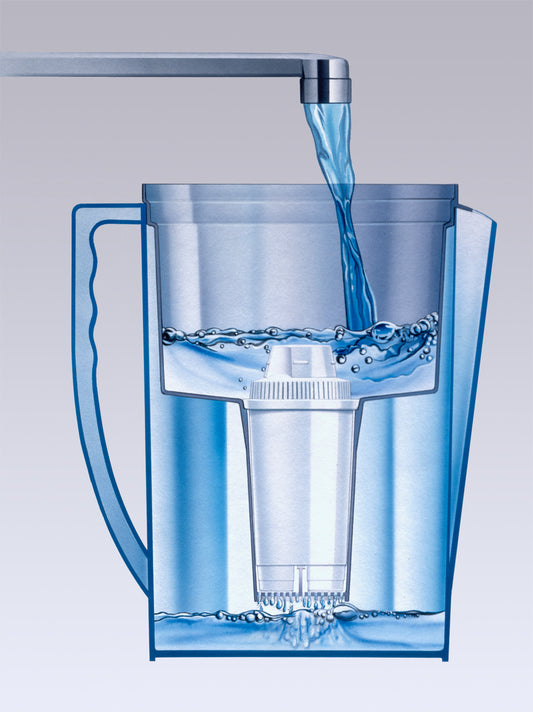Blog

Do You Really Need a Whole House Water Filter? ...
Let’s start with the basics: clean water isn’t optional. You use it to cook, bathe, drink, wash clothes, rinse fruits and vegetables, brush your teeth, and water your lawn. But...
Do You Really Need a Whole House Water Filter? ...
Let’s start with the basics: clean water isn’t optional. You use it to cook, bathe,...

PFAS in Bottled Water vs. Tap: Which Is Safer?
Bottled water is often seen as the cleaner, safer alternative to what comes from your tap. Slick labels with words like “pure,” “spring-fed,” and “filtered” make it sound like the...
PFAS in Bottled Water vs. Tap: Which Is Safer?
Bottled water is often seen as the cleaner, safer alternative to what comes from your...

Designing a Water Filter Setup That Targets PFA...
If you’re designing a water filter setup in 2025, one thing is clear: removing chlorine isn’t enough anymore. From PFAS (“forever chemicals”) to lead, nitrates, microplastics, and volatile organic compounds (VOCs),...
Designing a Water Filter Setup That Targets PFA...
If you’re designing a water filter setup in 2025, one thing is clear: removing chlorine isn’t...

Best Water Filtration Systems for Renters and H...
Clean water is a universal need—but how you filter it depends on where and how you live. Whether you rent a small apartment or own a multi-story home, your living situation...
Best Water Filtration Systems for Renters and H...
Clean water is a universal need—but how you filter it depends on where and how you...

The Dangers of Waterborne Parasites
Waterborne parasites are a known health risk, but new research highlights a disturbing impact of Cryptosporidium—a chlorine-resistant parasite that can silently hinder childhood growth. According to a study led by...
The Dangers of Waterborne Parasites
Waterborne parasites are a known health risk, but new research highlights a disturbing impact of...

Why Filtering Your Drinking Water Is Not Enough?
As the debate over the accessibility and cleanliness of drinking water continues to simmer, it is natural for you to want to abandon those deceptive bottled water companies and begin...
Why Filtering Your Drinking Water Is Not Enough?
As the debate over the accessibility and cleanliness of drinking water continues to simmer, it...
